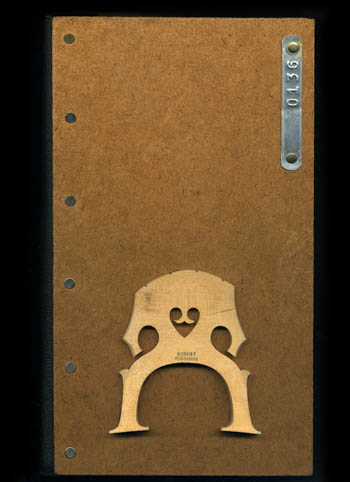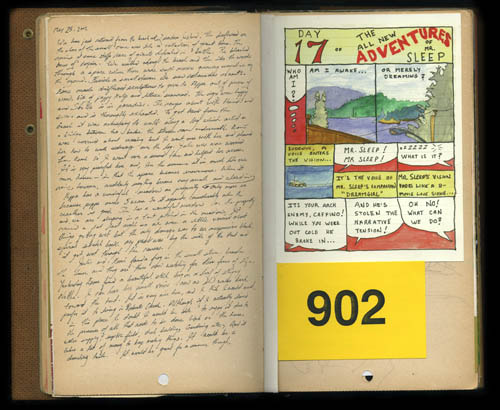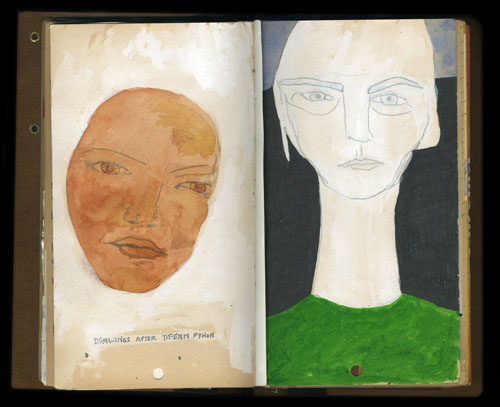Above - a mammogram of a sunflower. It is but one of the peculiarities of this book. On the cover - the bridge from my cello is firmly attached. It makes the book somewhat awkward and uncomfortable on the bookshelf. But I like how this book has worn over the years. Sometimes the patina of age is the best thing you can put on a book.
The opening page contains the following text:
Stones. Yesterday Esme and I went to secret beach to collect stones. It was a bright, sunny, windless day. We could walk along the beach, then sit on the shore and drink in the sun. She was happy to be on the shore, out of the house, and she stuffed the pockets of her duffle coat with large round eggs of speckled granite. They sparkled in the sun and she declared the stones that she chose as the special ones.
Stones. When you walk along the shore the stones that you choose to pick up and carry are the special ones. Some have veins in them - like ariel views of highways through the desert. Some are the faintest light hairs on a black field, like the strange patterns formed in the search for sub-atomic particles. Maybe they are fragments of maps. Maps that show a geologic territory, a land distant and unfamiliar to us as we walk the beach in our brief time, our inconsequential shoes.
We take the dog also. But the dog has no interest in stones or rocks unless they are thrown in the water and there is some potential to chase them. The beach has no sound and the stones are a collection of mineral eggs, giving birth to smaller versions of themselves as the waves grind them, endlessly, into each other.
Sometimes you can pick up one of these cartographic stones. A stone with a map, and if my five-year-old companion does not throw it into the sea, or if it does not get left behind on a large piece of driftwood while you talk, resting in the sun, looking at the water which is deeper than any daydream, you can take it home and put it on a table. Days later you may pick it up, curious, as to where its lines directed you. Sometimes you can think yourself into the stone, into its landscape and dwell there for a while. Some may think all stones dull and slow. Inanimate. Yet this day proves them wrong.
Here is a list of books.










